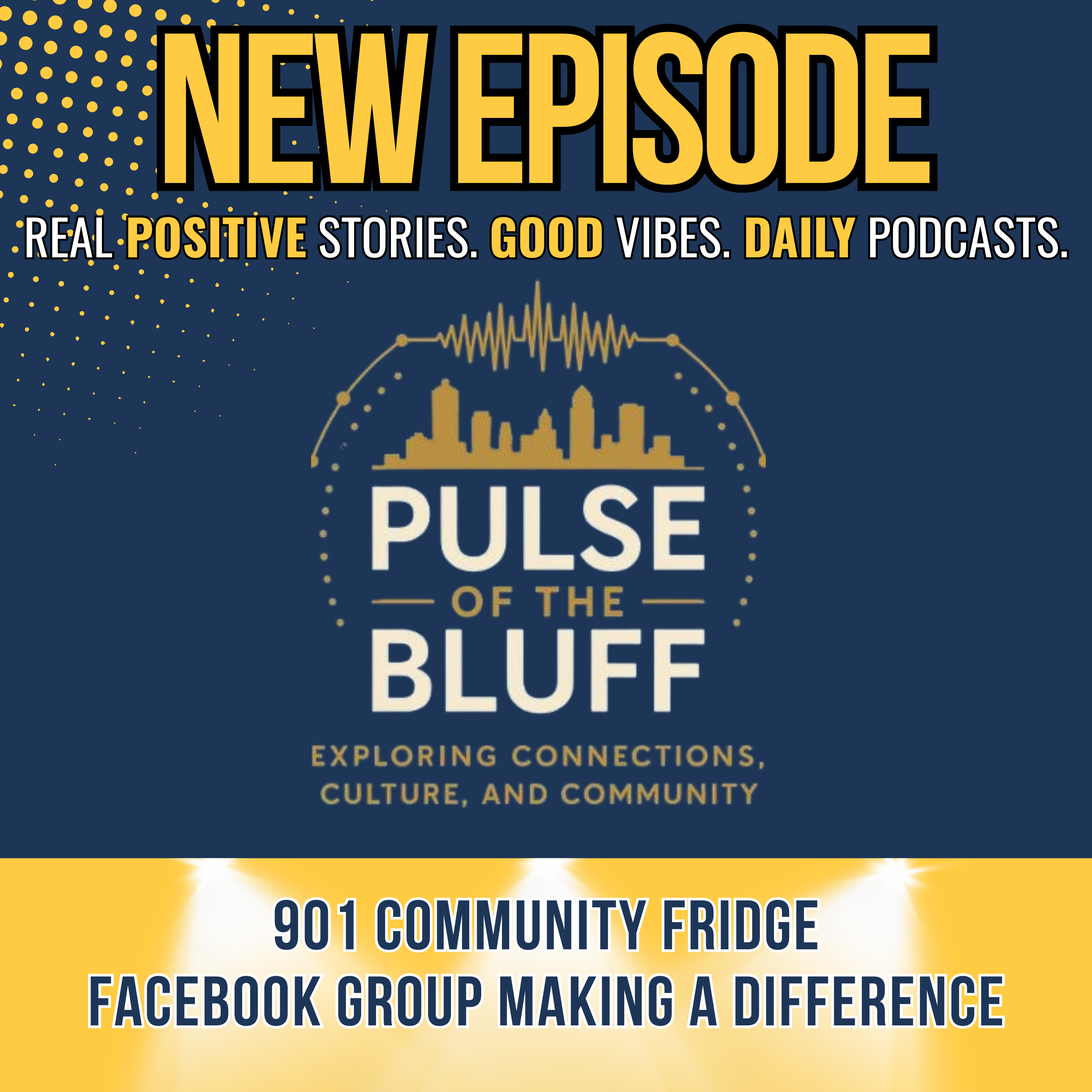Episode Transcript
[00:00:00] Speaker A: Welcome to the deep Dive. Today we're taking a close look at a new children's book.
[00:00:05] Speaker B: That's right.
[00:00:06] Speaker A: It's called Classroom Rules for the ABC Guide to Being a Buddy, Not a Bully. It's by Len Allen and D'Azia Hamilton. We've got the info straight from the Amazon page. Description details, some early reviews.
[00:00:20] Speaker B: Yeah. And our mission today is really to unpack what this book's about. What's its core message? What impact might it have?
[00:00:26] Speaker A: Exactly. It's always interesting to see new approaches to teaching kids important stuff.
[00:00:30] Speaker B: And this one uses the Alphabet, which seems, well, pretty accessible right off the bat. The whole idea is teaching kindness, empathy, respect.
[00:00:39] Speaker A: Yeah. And also how to stand up against bullying. It frames it all through the A.
[00:00:42] Speaker B: To Z structure, which is quite a common learning tool for that age group, isn't it?
[00:00:47] Speaker A: Totally. The description gives us a taste. A for always be kind. B for be brave and speak up if you see bullying.
[00:00:54] Speaker B: Right.
[00:00:55] Speaker A: And C for care for your friends and classmates. Simple. Direct.
[00:00:58] Speaker B: It is. And notice the focus isn't just negative, like, don't do this. It's really pushing the positive alternative. Be a buddy.
[00:01:06] Speaker A: Be a buddy, not a bully. Yeah, I like that framing. It gives kids something to be, not just something to avoid.
[00:01:12] Speaker B: Precisely. It's aspirational. It leverages sort of early literacy skills to plant these social emotional seeds. Kids learn their ABCs through repetition. Right. So maybe the same works for values like kindness. It's a clever mechanism, and the aim.
[00:01:28] Speaker A: Seems to be sparking conversations. You know, you read a page, then you talk about it.
[00:01:33] Speaker B: Yeah. Bridging the gap between the book and real life.
[00:01:35] Speaker A: Leaders in kindness. That's the phrase they use. That's quite a goal to set for young kids.
[00:01:40] Speaker B: It is. And developmentally concrete examples and that kind of positive framing tend to be effective for younger children. Giving them clear actions.
[00:01:47] Speaker A: Makes sense. Okay, let's get into the physical book itself. The details.
[00:01:52] Speaker B: Sure. So it's a paperback. Came out very recently. March 29, 2025.
[00:01:56] Speaker A: Brand new. And it's short. Just 29 pages.
[00:01:58] Speaker B: Yeah.
[00:01:58] Speaker A: Quick grade, English language, square format, 8.5 by 8.5 inches. Lightweight, too. Under 4 ounces.
[00:02:04] Speaker B: Easy to handle for little kids.
[00:02:05] Speaker A: And it's independently published. Sometimes that means a very direct author. Vision gets through.
[00:02:11] Speaker B: That can be true. Now, here's something that caught my eye.
[00:02:14] Speaker A: Yeah?
[00:02:14] Speaker B: The reading age.
[00:02:15] Speaker A: Oh, yeah. What was that again?
[00:02:16] Speaker B: Baby to 18 years.
[00:02:18] Speaker A: Wow. Baby to 18 years.
[00:02:20] Speaker B: Wow. Baby to 18. That's a massive range.
[00:02:24] Speaker A: It really is. And you have to wonder how Does a simple ABC structure work for say a 16 year old compared to a 3 year old?
[00:02:32] Speaker B: That's a great question. I mean, for a toddler, maybe it's just the colorful pictures and the sound of the words, the basic concept, like a first introduction.
[00:02:40] Speaker A: But for a teenager, maybe it's more like a quick reminder, a sort of foundational principle check.
[00:02:46] Speaker B: Yeah, like boiling complex ideas down to their simplest form. Maybe that hits differently when you're older.
[00:02:51] Speaker A: Could be. Now let's talk about how it's doing, like in the market. Sales rank.
[00:02:55] Speaker B: Okay, so on Amazon, its overall best sellers Rank is currently 247,881 in books.
[00:03:02] Speaker A: Which is, you know, okay in the grand scheme of millions of books. But the category rankings tell a more interesting story.
[00:03:08] Speaker B: Right? It's number three in children's early learning books on language. Number three. That's high.
[00:03:13] Speaker A: Yeah. And 706 in poetry for early learning. 852 in early learning beginner readers.
[00:03:20] Speaker B: So it's definitely hitting a nerve in those specific early learning early literacy niches. Especially where language and maybe social themes overlap.
[00:03:29] Speaker A: Seems like it. And speaking of hitting a nerve, the customer reviews are, well, perfect so far.
[00:03:34] Speaker B: Perfect. Wow.
[00:03:35] Speaker A: Yep, 5.0 out of 5 stars. Though it's only based on 6 global reviews at the moment, but still, still a strong start.
[00:03:41] Speaker B: Six reviews, all five star. That is a strong start. What are people saying?
[00:03:45] Speaker A: Well, one reviewer identifies as a lifelong educator, calls it an outstanding resource.
[00:03:50] Speaker B: High praise from an educator.
[00:03:52] Speaker A: Yeah, they love the A to Z format for teaching kindness, empathy, inclusion. And they specifically mentioned liking the focus on positive actions.
[00:04:00] Speaker B: The buddy part again.
[00:04:01] Speaker A: Exactly. And they recommend it for teachers, parents, anyone working with kids. They even said their 11 year old son engaged positively with it.
[00:04:09] Speaker B: Oh, interesting. So maybe that's broad age range isn't completely off if an 11 year old got something from it.
[00:04:14] Speaker A: Could be. Then another review says great for all ages, not just kids. They felt it was a good reminder for them about the power of words. They planned to keep it around for family chats.
[00:04:25] Speaker B: That's lovely. Using it as a family touchstone.
[00:04:27] Speaker A: Yeah, and someone else bought it specifically as a learning module for their three year old nephew, so hitting that younger end too.
[00:04:34] Speaker B: Right. Direct application there.
[00:04:35] Speaker A: And this one's significant. Apparently a school is looking into purchasing more for our library.
[00:04:41] Speaker B: Okay, that's a big deal. If schools are considering it, it suggests they see real educational value and practicality.
[00:04:48] Speaker A: Definitely speaks volumes. Another review is titled A must have for every classroom and home.
[00:04:53] Speaker B: Very enthusiastic.
[00:04:54] Speaker A: They praise the fun, easy Rules, bright illustrations, and again, its ability to spark important talks and shape behavior. The simplicity seems key.
[00:05:03] Speaker B: Simplicity and visual appeal. Yeah, sounds like a winning combo for the target audience.
[00:05:08] Speaker A: And one more calls it an incredible message for kids and a fun and powerful way to teach respect and inclusion, again recommending it for classrooms and homes.
[00:05:18] Speaker B: So the themes are really consistent across these early reviews. Easy to grasp, positive message, practical for home and school.
[00:05:25] Speaker A: It really seems like it's landing well with people actively looking for these kinds of resources.
[00:05:30] Speaker B: And Amazon also lists some related books, Right. Things like Ninja Life, Hacks, Emotions and Feelings, a little Spot of Motion, Box sets.
[00:05:38] Speaker A: Yeah, Teach your dragon about personal space. What should Dani do? That kind of thing.
[00:05:43] Speaker B: It really puts it in context, doesn't it? There's a whole genre now of children's books focused squarely on social emotional learning, or sel.
[00:05:50] Speaker A: Definitely a growing area. Parents and educators are clearly seeking these out.
[00:05:54] Speaker B: And Classroom Rules for Kids seems to offer its own spin with that clear ABC structure and the strong buddy not bully focus. It's a specific angle within that broader SEL trend.
[00:06:06] Speaker A: So let's try and wrap this up. What's the main takeaway here?
[00:06:09] Speaker B: Well, it looks like Classroom Rules for Kids is off to a really positive start. It uses a simple, familiar structure of the Alphabet to tackle big important ideas like kindness, empathy, respect.
[00:06:21] Speaker A: And that core message of being a buddy seems central. It's about promoting the positive, not just forbidding the negative.
[00:06:28] Speaker B: Exactly. The early feedback, especially from educators and even the mention of potential school adoption, suggests it's seen as practical and valuable.
[00:06:37] Speaker A: The accessibility, the clear format, the positive framing, those seem to be its main strengths right now.
[00:06:42] Speaker B: Agreed. It appears to be a useful tool for parents and teachers wanting to foster those pro social behaviors.
[00:06:48] Speaker A: Which leaves us with a final thought for you, the listener. Thinking about that huge age Range, baby to 18, how do you think a simple ABC book lands differently at various stages?
[00:07:00] Speaker B: What does a for always be kind mean to a toddler versus a preteen versus a high schooler?
[00:07:06] Speaker A: And how can adults, you know, parents, teachers, mentors, use a resource like this, not just as a one off read, but as a starting point? How do you build on it to really cultivate that deep culture of kindness and respect?
[00:07:17] Speaker B: Yeah, how do you translate these simple rules into lived values as kids grow and face more complex social situations?
[00:07:24] Speaker A: Something to chew on. Thanks for taking this deep dive with us today.


